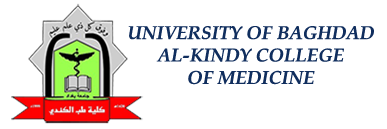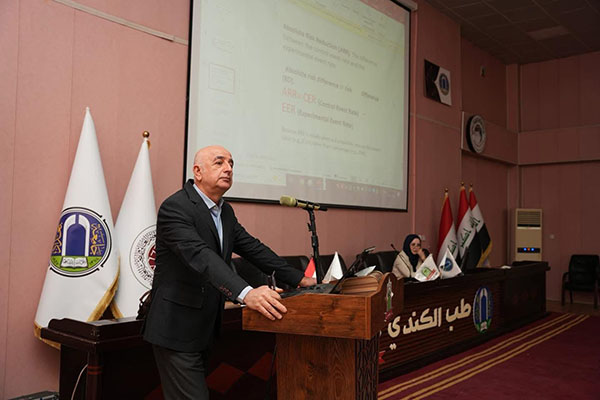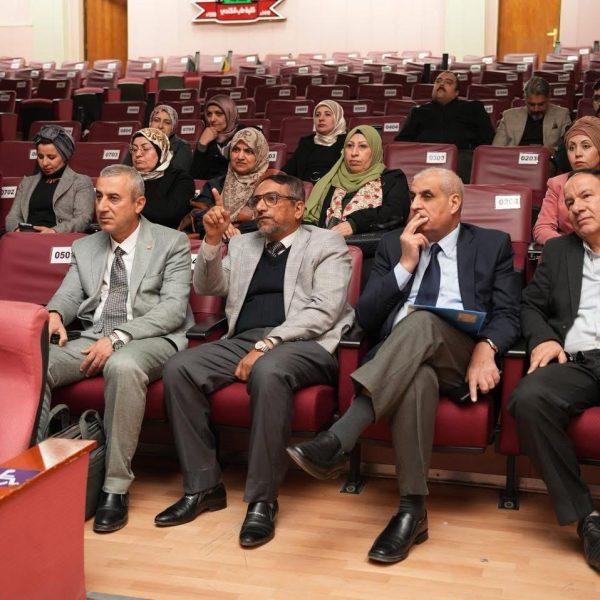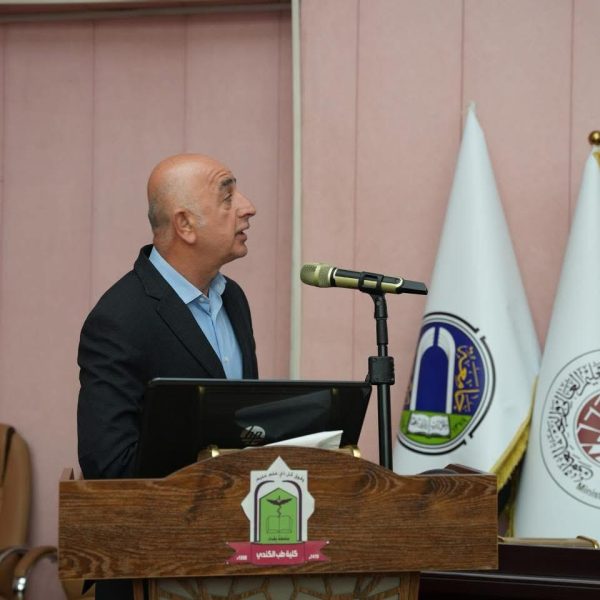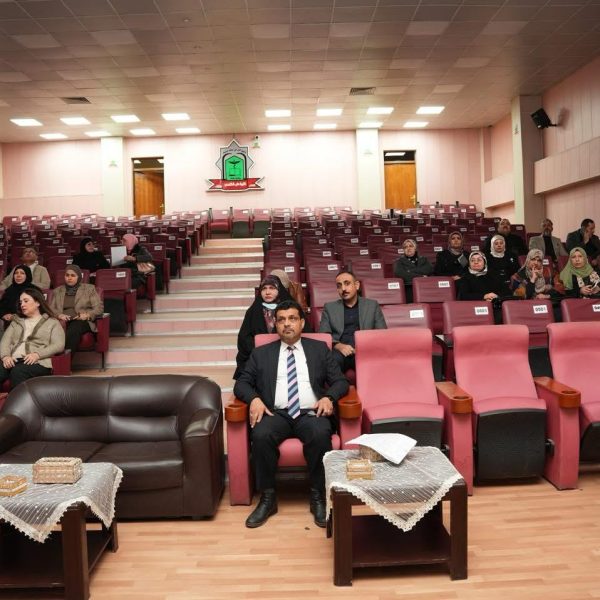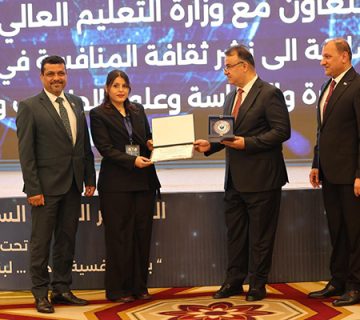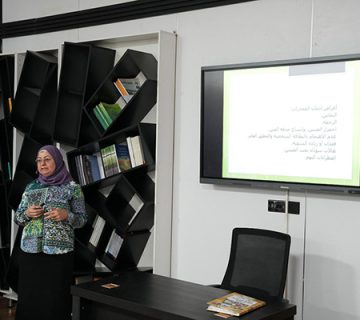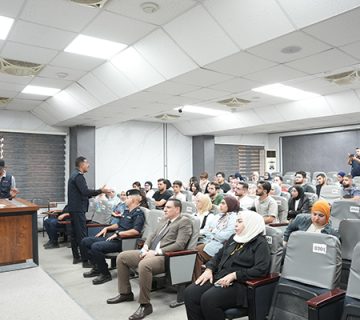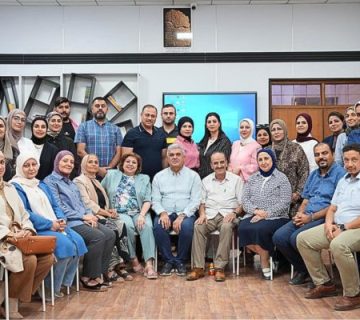How Many Patients Need Treatment for One to Benefit? Al-Kindy College of Medicine Breaks It Down
In the fast-paced world of medicine, every decision counts. That’s why Al-Kindy College of Medicine, University of Baghdad, recently hosted a thought-provoking workshop on the Number Needed to Treat (NNT)—a powerful metric that helps doctors determine the effectiveness of treatments with precision.
Led by Prof. Mohammed Asaad Ibrahim and attended by Dean Prof. Mohammed Shehab Al-Aidani and faculty members, the session was an eye-opener for many. Prof. Wejdan Akram chaired the discussion, guiding attendees through the real-world applications of NNT in clinical practice.
So, what is NNT? Imagine you’re considering a new treatment—NNT tells you how many patients need to receive that treatment for one person to benefit. The lower the number, the more effective the treatment. It’s a crucial tool in evidence-based medicine, helping doctors make smarter decisions and prioritize the best treatments for their patients.
During the session, Prof. Ibrahim explained how to calculate NNT, breaking down the difference in event rates between treatment and control groups. But the real magic happened in the interactive discussions—faculty members exchanged insights on using NNT in everyday practice, ensuring that medical resources are directed toward the most effective interventions.
By the end of the workshop, one thing was clear: understanding NNT is a game-changer for anyone in the medical field. This initiative is just one of many steps Al-Kindy College of Medicine is taking to equip its faculty with cutting-edge knowledge and keep up with the latest advancements in healthcare.
